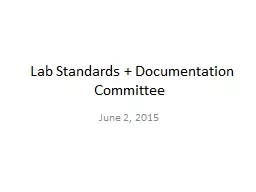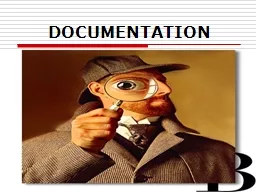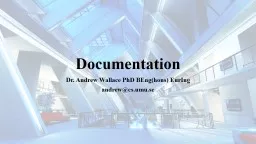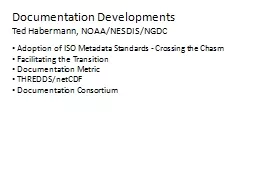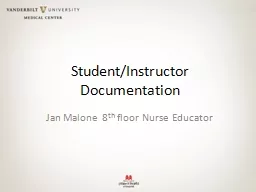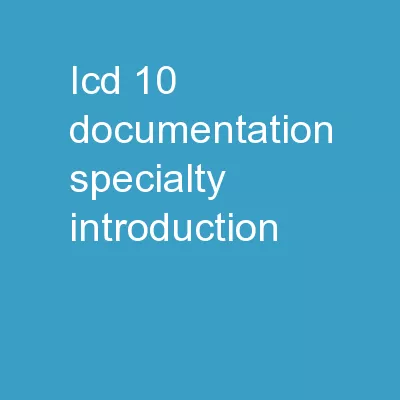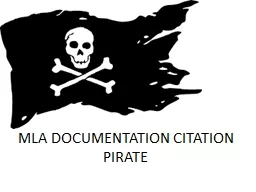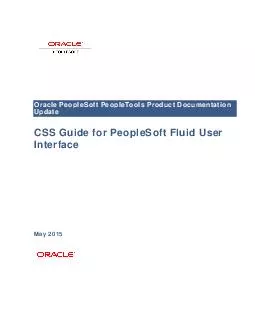PPT-Lab Standards + Documentation Committee
Author : myesha-ticknor | Published Date : 2017-07-05
June 2 2015 Root Cause Analysis Definition Root cause analysis RCA is a class of problem solving methods aimed at identifying the root causes of problems or events
Presentation Embed Code
Download Presentation
Download Presentation The PPT/PDF document "Lab Standards + Documentation Committee" is the property of its rightful owner. Permission is granted to download and print the materials on this website for personal, non-commercial use only, and to display it on your personal computer provided you do not modify the materials and that you retain all copyright notices contained in the materials. By downloading content from our website, you accept the terms of this agreement.
Lab Standards + Documentation Committee: Transcript
Download Rules Of Document
"Lab Standards + Documentation Committee"The content belongs to its owner. You may download and print it for personal use, without modification, and keep all copyright notices. By downloading, you agree to these terms.
Related Documents

